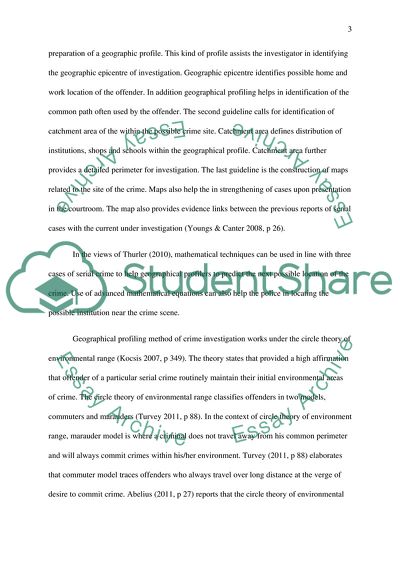Cite this document
(How Geographical Profiling Can Help in the Investigation of Crimes and Essay, n.d.)
How Geographical Profiling Can Help in the Investigation of Crimes and Essay. https://studentshare.org/law/1757429-crime-essay
How Geographical Profiling Can Help in the Investigation of Crimes and Essay. https://studentshare.org/law/1757429-crime-essay
(How Geographical Profiling Can Help in the Investigation of Crimes and Essay)
How Geographical Profiling Can Help in the Investigation of Crimes and Essay. https://studentshare.org/law/1757429-crime-essay.
How Geographical Profiling Can Help in the Investigation of Crimes and Essay. https://studentshare.org/law/1757429-crime-essay.
“How Geographical Profiling Can Help in the Investigation of Crimes and Essay”. https://studentshare.org/law/1757429-crime-essay.


